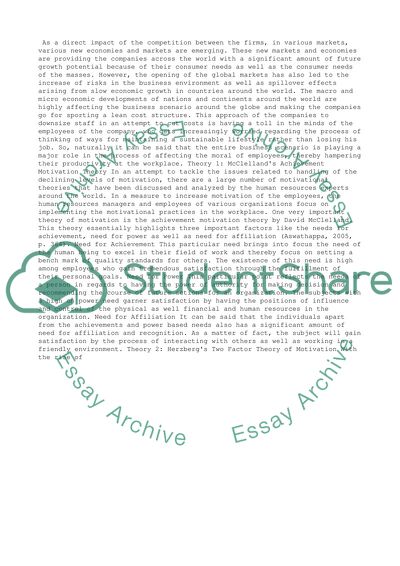Cite this document
(“Motivation Essay Example | Topics and Well Written Essays - 1500 words - 1”, n.d.)
Motivation Essay Example | Topics and Well Written Essays - 1500 words - 1. Retrieved from https://studentshare.org/management/1464405-motivation
Motivation Essay Example | Topics and Well Written Essays - 1500 words - 1. Retrieved from https://studentshare.org/management/1464405-motivation
(Motivation Essay Example | Topics and Well Written Essays - 1500 Words - 1)
Motivation Essay Example | Topics and Well Written Essays - 1500 Words - 1. https://studentshare.org/management/1464405-motivation.
Motivation Essay Example | Topics and Well Written Essays - 1500 Words - 1. https://studentshare.org/management/1464405-motivation.
“Motivation Essay Example | Topics and Well Written Essays - 1500 Words - 1”, n.d. https://studentshare.org/management/1464405-motivation.


